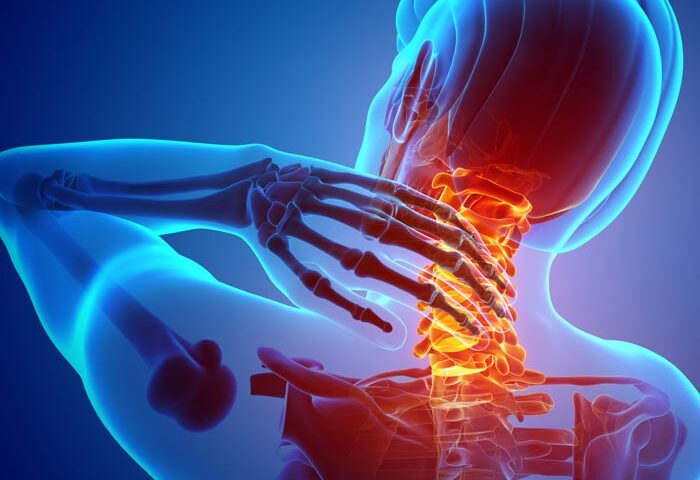
How an OBGYN Can Help with Pelvic Health Concerns
September 9, 2025
Women’s Heart Health and the Impact of Sedentary Lifestyles
September 10, 2025Disc replacement surgery is a procedure in which a surgeon removes a damaged or degenerated spinal disc and replaces it with an artificial device. This surgery aims to alleviate pain caused by the affected disc while preserving spinal motion. The artificial disc is designed to function like a healthy disc, allowing for flexion, extension, and rotation. Recovering from a disc replacement takes time, but modern surgical methods improve healing rates. Here is information on the recovery process for a disc replacement and what to expect:
What Is Recovery Like?
Recovery from disc replacement surgery varies from person to person. It depends on factors like the individual’s overall health and the specific surgical approach used. Many surgeons now use minimally invasive techniques for this procedure. These methods involve smaller incisions compared to traditional open surgery, which often results in less damage to the surrounding muscles and tissues.
The use of minimally invasive techniques can contribute to a more manageable recovery. Patients may experience less postoperative pain, require a shorter hospital stay, and return to their daily activities more quickly. Physical therapy is a key component of the recovery process, typically starting a few weeks after the operation. A physical therapist will guide you through specific exercises designed to restore strength, flexibility, and range of motion in the spine.
What Abnormalities Should You Look For?
While the goal is a smooth recovery, it is key to monitor for any signs that may indicate a complication. You should have clear instructions from your surgical team about what to expect, but certain symptoms warrant immediate action. As you heal, pay close attention to the surgical incision.
While some redness, swelling, or bruising is normal, you should report any excessive drainage, foul odor, or increasing redness and warmth, as these could be signs of an infection. Other symptoms that require medical attention include:
- Fever: This can signal that there is an infection.
- Pain: Persistent or worsening pain should be reported to your provider.
- Weakness: Any new or progressive weakness or numbness in the body may indicate other concerns related to healing.
What Are Some Recovery Tips?
You will likely have restrictions on activities like bending, lifting, and twisting for a specific period. Adhering to these limitations helps protect the surgical site and allows your body to heal properly. To support your recovery, maintain a balanced diet and stay hydrated. Proper nutrition provides the building blocks your body needs for tissue repair. It is also fundamental to manage pain as directed by your physician to allow for comfortable rest and participation in physical therapy.
Arranging for help at home during the initial recovery phase can also be beneficial, as you may need assistance with daily tasks. Try to prepare your home ahead of time to help ease your recovery. Attending all scheduled follow-up appointments allows your surgeon to monitor your progress and make any necessary adjustments to your recovery plan.
Learn More About Disc Replacement Surgery
By working closely with your medical team and actively participating in your recovery, you can support your body’s healing. Recovery is a gradual process that requires patience and commitment to the prescribed rehabilitation plan. To learn more about disc replacements, contact a spinal surgeon for more information.
- Soutaipasu: Exploring the Unique Japanese Subculture and Fusion Cuisine
- Wollmatten Guide: Benefits, Uses, Care Tips & Buying Advice for Natural Wool Mats
- Jadeitový kameň: Účinky, využitie, druhy a kompletný sprievodca
- Escapamento RD: Guia Completo, Modelos, Desempenho e Como Escolher o Melhor para Sua RD
- Sodiceram: Benefits, Uses, Installation & Complete Guide for Homeowners




